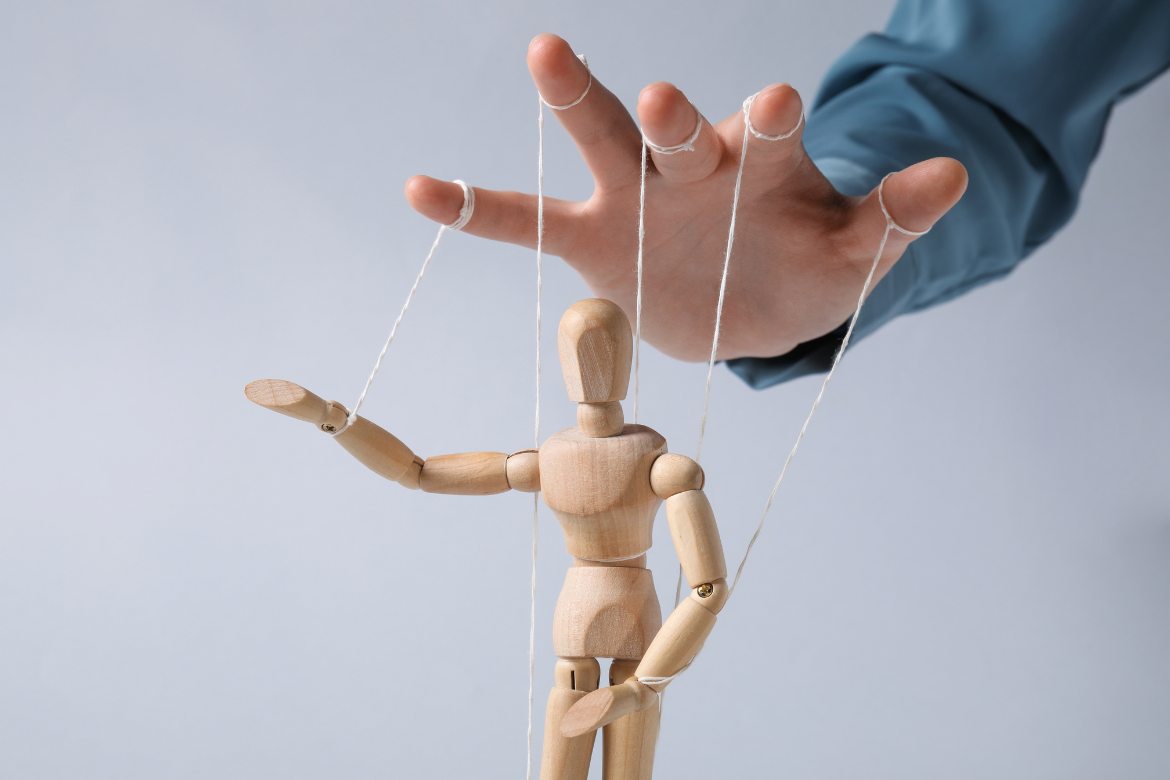

What is a Trauma Bond and How to Break Free
September 26, 2024 by Counseling and Wellness Center of Pittsburgh abuse, abusive relationship, domestic violence, emotionally immature parents, gas lighting, gaslighting, love bombing, manipulation, narcissist, Narcissistic mother, Narcissistic parents, narcissistic personality disorder, Personality disorders, red flags, relationship red flags, signs of a toxic relationship, stockholm syndrome, toxic relationships, trauma, trauma bond, Unhealthy relationships, victims 0 comments
A trauma bond is a complex psychological and emotional attachment that forms in an abusive or toxic relationship. These bonds differ from healthy attachments, as they are built through cycles of intense emotional experiences, often involving pain, manipulation, and abuse. Trauma bonds can be difficult to recognize and even harder to break, creating a strong emotional dependency that ties individuals to harmful relationships. Understanding trauma bonds is the first step in healing and finding freedom from these toxic dynamics.
What is a Trauma Bond?
Trauma bonds develop in abusive relationships where one person experiences repeated cycles of harm and intermittent positive reinforcement. The abuser may alternate between periods of kindness, affection, or apologies and episodes of control, manipulation, or violence. This unpredictability causes emotional highs and lows for the victim, who clings to the positive moments and hopes for change, despite the recurring harm.
At the core of a trauma bond is the emotional investment in the belief that the abuser will change or that things will improve. This keeps the victim tied to the relationship, even though it’s damaging. A trauma bond occurs not only in romantic relationships but also in friendships, family dynamics, or workplaces where manipulation or control is prevalent. The common thread is the pattern of abuse or harm followed by moments of relief, which reinforces the attachment.
The Psychology of Trauma Bonds
A trauma bond taps into a basic human need for connection and attachment. It works much like Stockholm Syndrome, where victims of captivity develop sympathy for their captors. The inconsistency in the abuser’s behavior triggers a stress response in the victim, making them seek comfort and safety from the same person who is causing them harm. The emotional rollercoaster can become addictive, as the brain releases chemicals like dopamine during moments of affection, making it increasingly difficult to detach.
The cycle of abuse can be mentally exhausting, making victims feel trapped and powerless. Abusers often use tactics like gaslighting, blame-shifting, or withholding affection to manipulate their victims, leading them to believe that leaving is impossible or that they are responsible for the abuse. Over time, the victim becomes emotionally dependent on the abuser, unable to imagine life outside the relationship.

Signs of a Trauma Bond
Recognizing trauma bonds can be challenging, especially when you are in the middle of one. Some common signs include:
- Feeling stuck: Despite knowing the relationship is harmful, you feel unable to leave or set boundaries.
- Making excuses for the abuser: You justify or minimize the abuser’s behavior, believing they will change.
- Loyalty to the abuser: You feel protective of the abuser, even after they mistreat you, and are quick to forgive.
- Craving their approval: Your self-worth is tied to the abuser’s praise or attention, and you fear losing their affection.
- Isolation: The abuser may encourage or manipulate you into cutting off contact with friends or family, further trapping you in the relationship.
Understanding Trauma Bonds Through Film and Television
As we’ve explored, trauma bonds form in abusive relationships, creating complex emotional attachments that can be difficult to break. This concept isn’t just theoretical; it resonates powerfully in the stories we see on screen. Movies and TV shows often depict characters entangled in these damaging dynamics, showcasing the emotional highs and lows that keep individuals tethered to their abusers. By examining these portrayals, we can gain a deeper understanding of the signs and implications of trauma bonds, both in fiction and in our own lives. Here are some notable examples from film and television that highlight this phenomenon:
- “Tell Me Lies”: Lucy and Stephen’s relationship exemplifies a trauma bond marked by Stephen’s narcissistic behavior, manipulation, and emotional volatility. Despite the hurtful dynamics and betrayal, Lucy finds herself emotionally entangled with Stephen, struggling to break free from the cycle of love and pain.
- “Sharp Objects”: Camille Preaker has a trauma bond with her mother, Adora, who is emotionally and physically abusive. Despite the harm inflicted, Camille’s longing for her mother’s love keeps her tied to this toxic relationship.
- “Fifty Shades of Grey” – The dynamics between Christian and Anastasia can reflect elements of trauma bonding through control and emotional turmoil.
- “Euphoria”: The relationship between Nate and Maddy showcases elements of trauma bonding. Nate’s manipulative behavior and Maddy’s emotional dependency create a cycle of toxicity and emotional turmoil that keeps them drawn to each other, despite the abuse.
- “Gone Girl”: Amy Dunne’s relationship with Nick is marked by manipulation and emotional abuse. Amy orchestrates a series of events that leave Nick in a position of helplessness, illustrating how the trauma bond forms through fear and control.
- “It Ends With Us”: The relationship between Lily and Ryle demonstrates a trauma bond as Lily struggles with her feelings for Ryle despite his abusive behavior. The cycle of love, conflict, and emotional manipulation keeps Lily tied to Ryle, forcing her to confront the complexities of love and abuse.
Why Are Trauma Bonds Hard to Break?
The emotional highs and lows experienced in a trauma bond make it incredibly difficult to break free. The moments of affection or kindness reinforce the hope that the relationship will improve, keeping the victim emotionally invested. Additionally, abusers prey on insecurities and vulnerabilities, creating a dynamic where the victim feels unworthy or undeserving of healthier relationships.
Fear also plays a significant role in maintaining trauma bonds. Victims often fear retaliation from the abuser if they try to leave or worry about being alone and unloved. This emotional entanglement leads to cognitive dissonance, where victims struggle to reconcile the reality of the abuse with their hope for change.
Breaking Free From a Trauma Bond
Breaking a trauma bond is difficult, but it is possible with the right support. Here are some steps to help:
- Acknowledge the abuse: Recognizing the pattern of harm and manipulation is the first step in breaking a trauma bond. Being honest with yourself about the reality of the relationship is crucial.
- Seek professional help: Trauma-informed therapy can provide tools to rebuild self-esteem, understand the psychological mechanisms of trauma bonding, and guide you in breaking the cycle.
- Rebuild support systems: Reach out to trusted friends, family, or support groups to counter the isolation that often comes with a trauma bond.
- Set firm boundaries: Whether you leave the relationship or distance yourself, setting firm emotional and physical boundaries is essential for protecting your mental health.
- Focus on self-care: Healing from a trauma bond takes time. Prioritizing self-compassion and focusing on your well-being is crucial throughout the process.
Trauma bonds can be deeply damaging and keep individuals trapped in abusive relationships. Recognizing the signs of a trauma bond and understanding the psychological mechanisms behind it are the first steps toward breaking free. With the right support and commitment to healing, it is possible to rebuild a healthier, more fulfilling life free from emotional manipulation and harm.

Need Support Breaking Free From a Trauma Bond?
If you are struggling to break free from a trauma bond, we’re here to help! Fill out the form below or call 412-856-WELL to start your journey toward healing.
Reviewed by: Counseling and Wellness Center of Pittsburgh’s CEO & Founder, Stephanie Wijkstrom, LPC.
Abuse abusive relationship domestic violence dysfunctional family gas lighting gaslighting love bombing manipulation narcissist Narcissistic parents narcissistic personality disorder Personality disorders psychological abuse red flags relationship red flags signs of a toxic relationship Stockholm syndrome toxic relationships trauma trauma bond Unhealthy relationships victims
Related Posts
No Contact vs. The Silent Treatment
December 4, 2024
No Contact vs. The Silent Treatment In relationships, communication is key....
Therapy Speak: When Language Gets Misused and Weaponized
March 5, 2025
Therapy Speak: When Language Gets Misused and Weaponized In recent years,...



